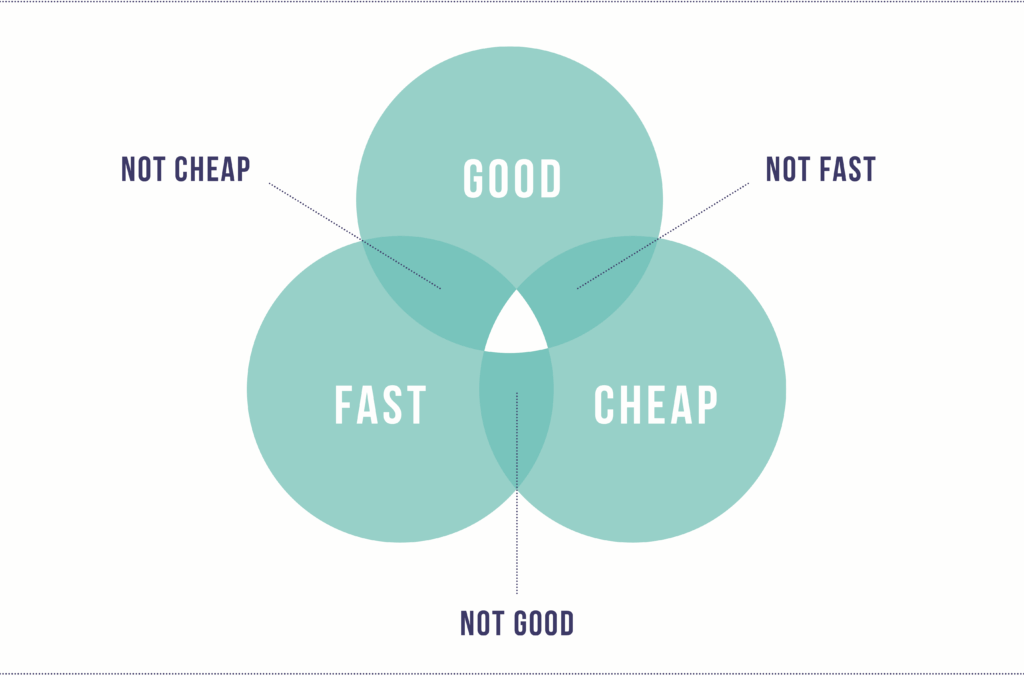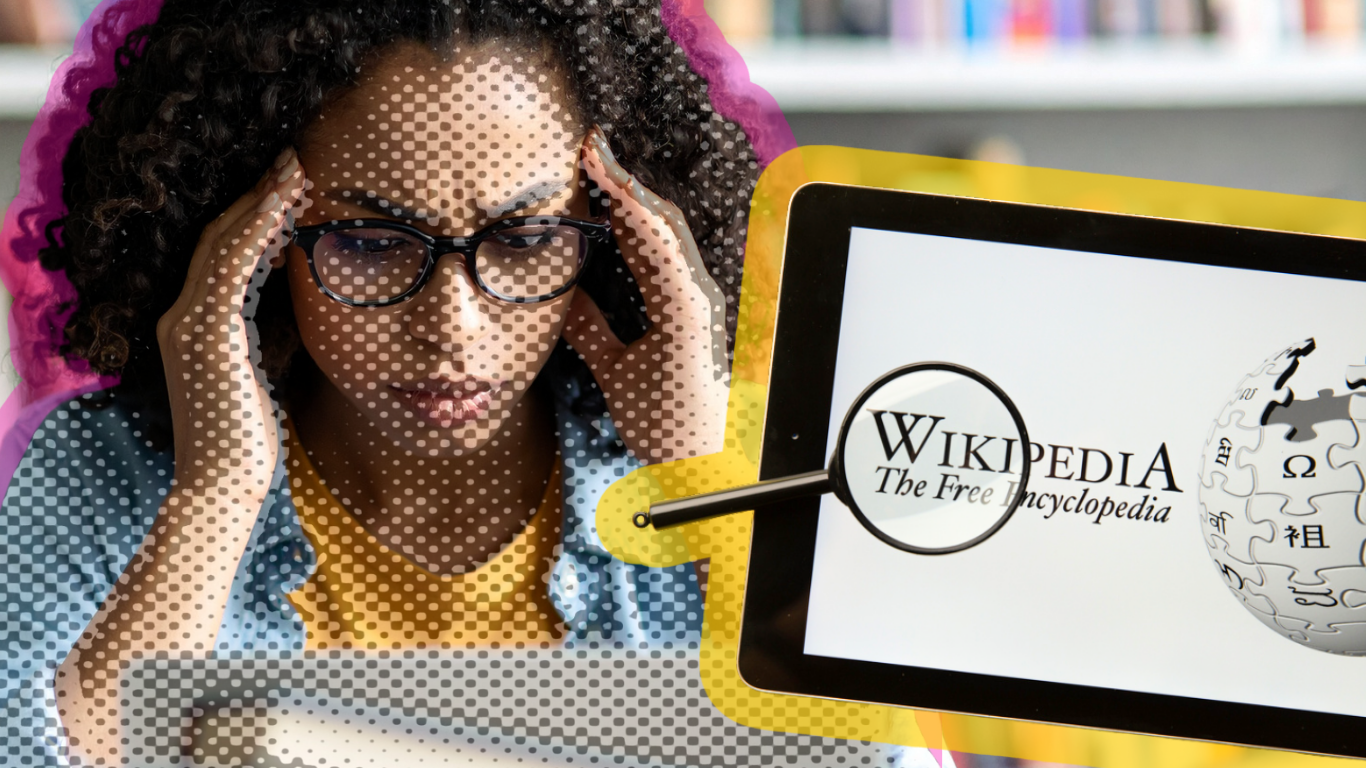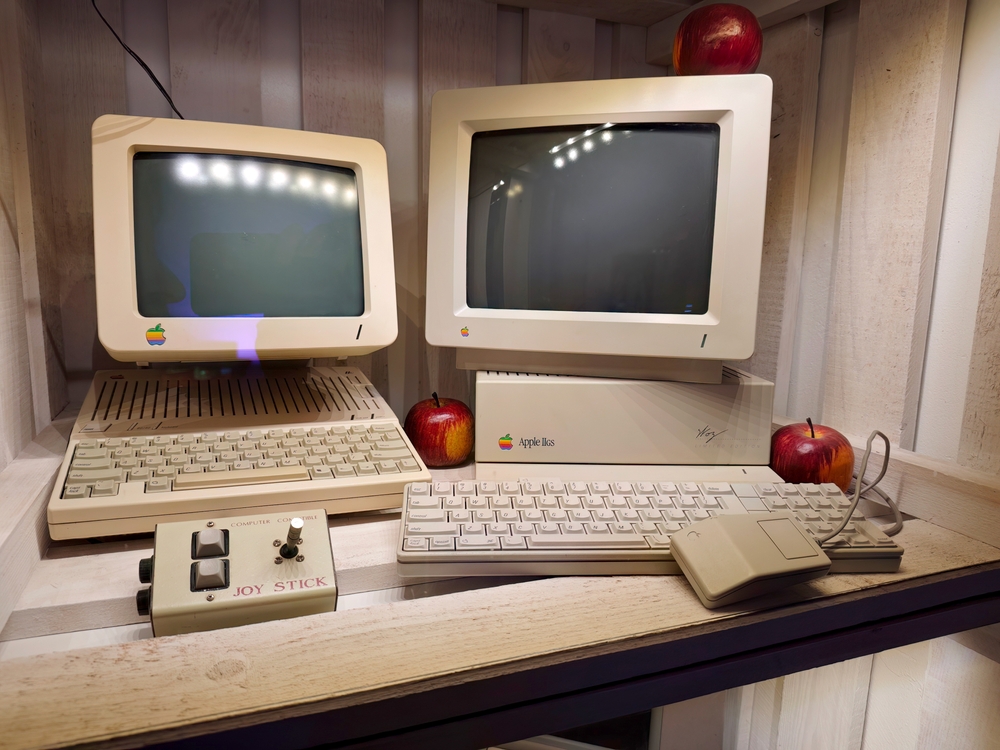You want it fast. You want it good. You want it affordable.
Of course you do — you’re building a business. You’re juggling deadlines, trying to stay lean, and hoping the people you hire “just get it.” So when it comes to your brand, website, content, whatever — it’s natural to think: “Can’t I just find someone who can do this well, quickly, and for a decent price?”
Here’s the truth: you can.
But not all at the same time.
That’s where the Value Triangle comes in — a simple but powerful framework that still holds up, even in today’s world of AI shortcuts and design templates. It says you can pick two:
- Fast
- Good
- Cheap
But never all three. At least not without sacrificing something that matters.
This post isn’t about scaring you off. It’s about equipping you — so you don’t burn time, money, or your own energy chasing what sounds ideal, but rarely is. Let’s break it down, entrepreneur to entrepreneur.

What Is the Value Triangle (and Why It Still Holds Up)
At its core, the Value Triangle (sometimes called the Project Management Triangle) is a decision-making tool that maps out the trade-offs you face when creating something — whether it’s a brand, a website, a video, or a product.
The triangle has three points:
- Fast — you want it done quickly
- Good — you want it done with quality
- Cheap — you want it done at low cost
The catch?
You only get to pick two. The third will suffer.
Need something fast and cheap? Don’t expect great quality.
Want it good and cheap? Be prepared to wait.
Need it fast and good? It won’t be cheap — and shouldn’t be.
It sounds overly simple — but it still holds true. Even now.
In today’s world, where AI promises everything “better, faster, and free,” the Value Triangle might seem outdated. But the reality is, while access has increased, results haven’t kept pace. What looks like all-three on the surface usually comes with hidden costs: missed opportunities, lack of differentiation, or time lost fixing what was rushed.
Understanding the triangle doesn’t make you a pessimist — it makes you a smarter decision-maker. It helps you protect your budget, your timeline, and your energy by setting realistic expectations from the start.
So before you start a project (or hire anyone to help), it’s worth asking:
“What do I actually care about most right now — speed, quality, or budget?”
Because if you can answer that clearly, you’ll avoid a lot of headaches later.
The 2025 Illusion — Why It Feels Like You Can Have All Three
We’re living in the era of shortcuts. AI tools, plug-and-play templates, one-click websites, drag-and-drop everything.
At first glance, it really does seem like the old rules don’t apply anymore.
You can open Canva, slap together a logo, and have a “brand” in 30 minutes. You can buy a $49 website template that looks kind of professional. You can ask ChatGPT to write your brand story, and it’ll spit something out in seconds.
Fast? Check.
Cheap? Check.
Looks good enough? Sure… until it’s not.
This is the illusion.
It’s easier than ever to produce things — but that doesn’t mean what you’re producing is actually working. Most of what looks like “all three” in today’s market is only surface-level. It’s generic, templated, and forgettable. It might get you out the door faster, but it won’t get you very far.
And that’s the danger for new entrepreneurs especially. When you’re bootstrapping or just trying to get off the ground, fast and cheap feels like the obvious path. And to be fair, sometimes it’s the only option. We’ve all been there.
But when you’re making decisions that affect your visibility, credibility, and positioning — that triangle still applies. You may think you’re getting all three, but you’re often trading long-term traction for short-term convenience.
Example: You save money by using a website template that “works for everyone.” But now, your messaging is buried in generic language. Clients can’t tell what makes you different. You’re blending in with every other business in your category.
So what looked like “fast, cheap, and good” is really “fast, cheap, and invisible.”
Or…
You hire someone off Fiverr to design your logo in 24 hours. You get ten versions back. None of them feel like you. You spend the next month tweaking them, asking friends, stalling your launch, and second-guessing everything.
What felt “affordable and done” is now costing you clarity, momentum, and energy.
The tools we have today are amazing — but they can’t replace thoughtful strategy or brand alignment.
They’re just tools. And tools are only as effective as the person using them.
So yes, 2025 might feel like you can beat the Value Triangle. But if you care about building something that lasts — something that works — the triangle still tells the truth.
Real World Scenarios — What Each Combo Actually Looks Like
The triangle isn’t just theory. It shows up in real decisions every day — especially in branding, marketing, and creative work.
Here’s what each combination actually looks like in the real world:
FAST + CHEAP = NOT GOOD
This is the land of “Just throw something together.” You need it yesterday, your budget’s tight, and you’re looking for a quick fix.
What you’ll get:
- A slapped-together website with clunky UX
- A logo that looks like clip art or 10 other businesses in your industry
- Messaging that says “we’re passionate about excellence and innovation” — but doesn’t mean anything
It’s fast. It’s cheap. But it won’t hold up.
And here’s the part people don’t talk about:
If you’re working with a creative or agency who’s actually good — they won’t feel good delivering something that’s not. They’ll wrestle with it. They’ll tweak more than you paid for. Because quality creatives care. They have reputations to protect. And even if you’re paying for “just something simple,” most pros will struggle to send out work they don’t believe in.
So now you’ve cornered them. You’re asking for quality… while only paying for speed and budget.
They lose — or they walk.
And you end up with something neither of you are proud of.
Hard truth: Fast and cheap doesn’t just hurt your outcome — it puts pressure on the very people you’re counting on.
In trying to save money, you may be costing more than you realize.
GOOD + CHEAP = NOT FAST
This is the long game. You’re working with someone talented, but you’re stretching your dollars — or doing a lot of it yourself — so naturally, the process takes time.
And in theory, that’s fine. You tell yourself, “We don’t need to rush. Let’s get it right.”
But here’s what often happens:
1. The urgency creeps in.
Even if you said you were okay with a slower pace, something shifts — a deadline moves up, a competitor rebrands, a big opportunity shows up. Suddenly you do need to move faster.
And now the pressure’s back on the creative team… even though the budget didn’t change.
Tension rises, expectations clash, and nobody feels great about it.
2. The project drags — and that costs you, too.
If you’re working with an agency on a retainer or project package, a slower pace can quietly stretch the timeline (and the budget). That’s not always a bad thing — especially if you’ve got room to invest over time.
But for startups or lean teams, it can start to feel like you’re spending without clear momentum.
At The ADS Agency, we want long-term client relationships — but we also want you to feel great about how your dollars are being used. No one should feel like their investment is just… floating.
The bottom line?
Cheap and good can go together — but it requires patience, clear expectations, and often more internal lift on your end. If you’re not in a rush and you’re organized, this can be a smart route.
Just make sure your timeline (and team energy) can handle the pace.
Hard truth: You’ll save money… but if the timeline stretches, the real cost may show up in pressure, momentum loss, or delayed results.
GOOD + FAST = NOT CHEAP
This is the long game. You’re working with someone talented, but you’re stretching your dollars — or doing a lot of it yourself — so naturally, the process takes time.
And in theory, that’s fine. You tell yourself, “We don’t need to rush. Let’s get it right.”
But here’s what often happens:
1. The urgency creeps in.
Even if you said you were okay with a slower pace, something shifts — a deadline moves up, a competitor rebrands, a big opportunity shows up. Suddenly you do need to move faster.
And now the pressure’s back on the creative team… even though the budget didn’t change.
Tension rises, expectations clash, and nobody feels great about it.
2. The project drags — and that costs you, too.
If you’re working with an agency on a retainer or project package, a slower pace can quietly stretch the timeline (and the budget). That’s not always a bad thing — especially if you’ve got room to invest over time.
But for startups or lean teams, it can start to feel like you’re spending without clear momentum.
At The ADS Agency, we want long-term client relationships — but we also want you to feel great about how your dollars are being used. No one should feel like their investment is just… floating.
But here’s the sweet spot we’re always aiming for:
Not too cheap, not dragging on forever — and definitely not rushed.
It’s when you have just enough space to let the creative process breathe.
Where timelines are realistic, expectations are aligned, and there’s room to actually get it right.
This is where the real magic happens:
- The brand strategist gets to sink into your story.
- The creative team has time to absorb your goals, know your audience, and scan your competitive landscape.
- We get to play. To explore. To get inspired.
- You end up with something thoughtful, elevated, and clear — the kind of brand work that feels like you, only better.
That’s the gold standard. And when we find clients willing to give their brand this kind of respect?
That’s when everyone wins.
The point here isn’t to judge which combo you choose — it’s to make that choice on purpose.
What Entrepreneurs Need to Know (Especially If You’re Building for the Long Haul)
Most of us don’t start businesses because we’re dying to obsess over color palettes, font pairings or tone-of-voice guides (unless you’re us — because we do, lol).
We start businesses to solve problems, bring visions to life, support our families and create freedom.
But here’s the hard truth: if you’re building something long-term — something that’s meant to grow beyond referrals and relationships — your brand becomes one of your most valuable assets. Not fluff. Not window dressing. Asset.
And like any asset, it’s either working for you… or quietly working against you.
Let’s get real for a second:
- Your logo, your site, your LinkedIn banner — all of that tells a silent story about your business before you open your mouth.
- Your messaging? It either draws in the right audience… or drains your time explaining what you really do.
- Your visuals set the tone for how people perceive your price point, credibility and level of sophistication — even before a sales conversation.
If you’re underestimating this piece, you’re not alone. Most entrepreneurs — especially the sharp, engineering-minded, operations-first types we love — prioritize systems, delivery and client results. (Rightfully so!)
But at some point, you realize something’s off.
You’re getting in front of the right rooms, but the brand isn’t matching the weight of the work.
You’re growing internally, but your digital presence still looks like “the scrappy early days.”
You’re winning with word of mouth, but the next level needs something more scalable and magnetic.
That’s the turning point.
And no — you don’t have to spend a fortune.
But you do have to decide:
👉🏽 Is this the moment where I start investing in my brand like it’s a real growth lever?
👉🏽 Or am I still treating it like a nice-to-have?
Because here’s the quiet truth behind every brand that looks “effortless” online:
Someone made the decision to take it seriously.
And when you do — when you finally give your brand the respect it deserves — you’ll be shocked at how much easier things get.
Sales conversations click faster.
Your confidence rises.
Clients start quoting your own words back to you because the messaging finally hits.
You stop cringing at your deck and start closing from it.
This is what we mean when we say brand work is foundational.
It’s not about being flashy. It’s about building something that actually supports you — so you can show up, speak clearly and scale with integrity.
Feeling the friction? That’s not failure. It’s a sign your business is evolving.
If your brand isn’t up to par with who you are — or where you’re going — it’s time for a change. We help growth-stage firms elevate their identity, voice and digital presence so they feel as confident on the outside as they are behind the scenes.
Let’s talk.





Read the Comments +